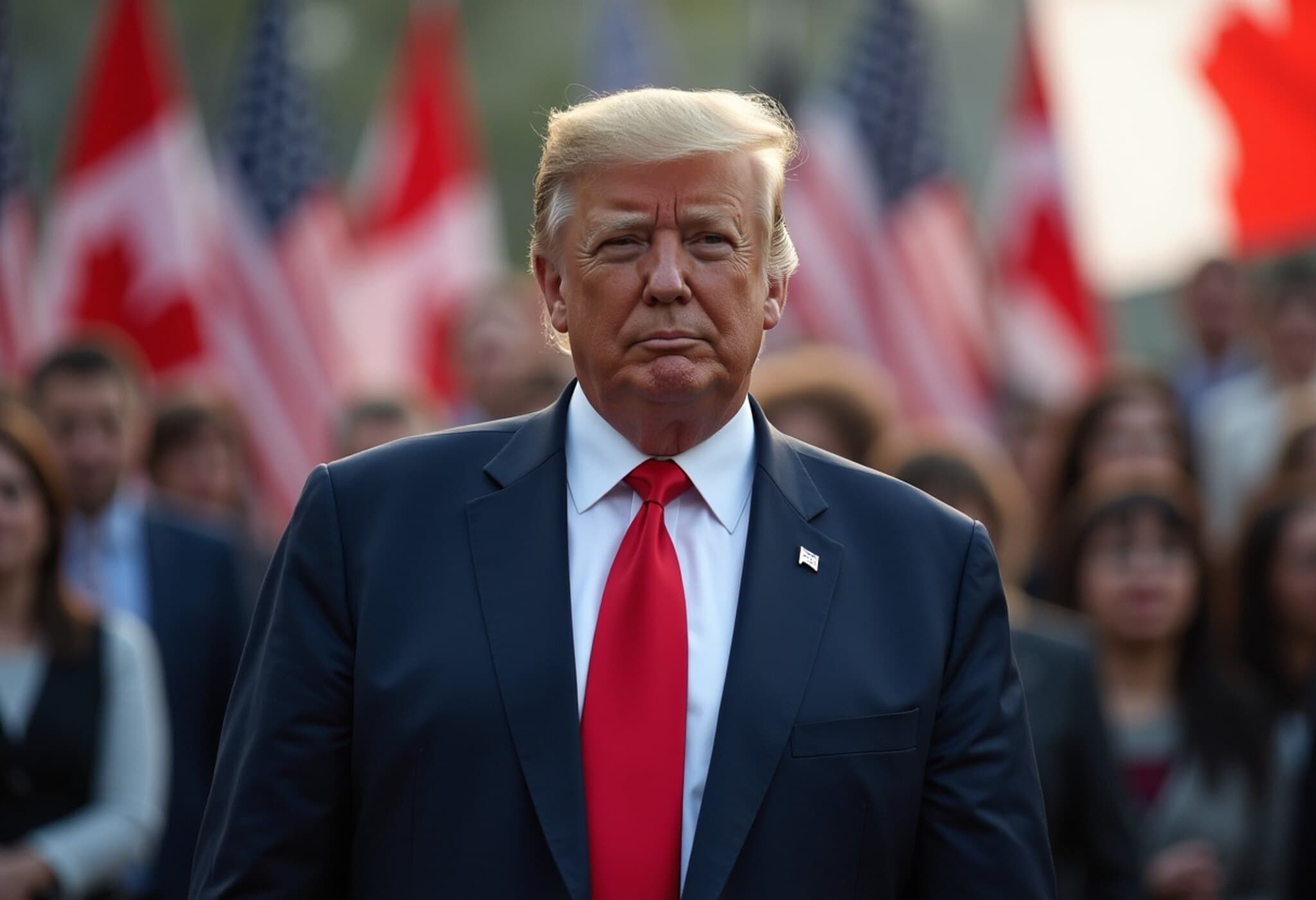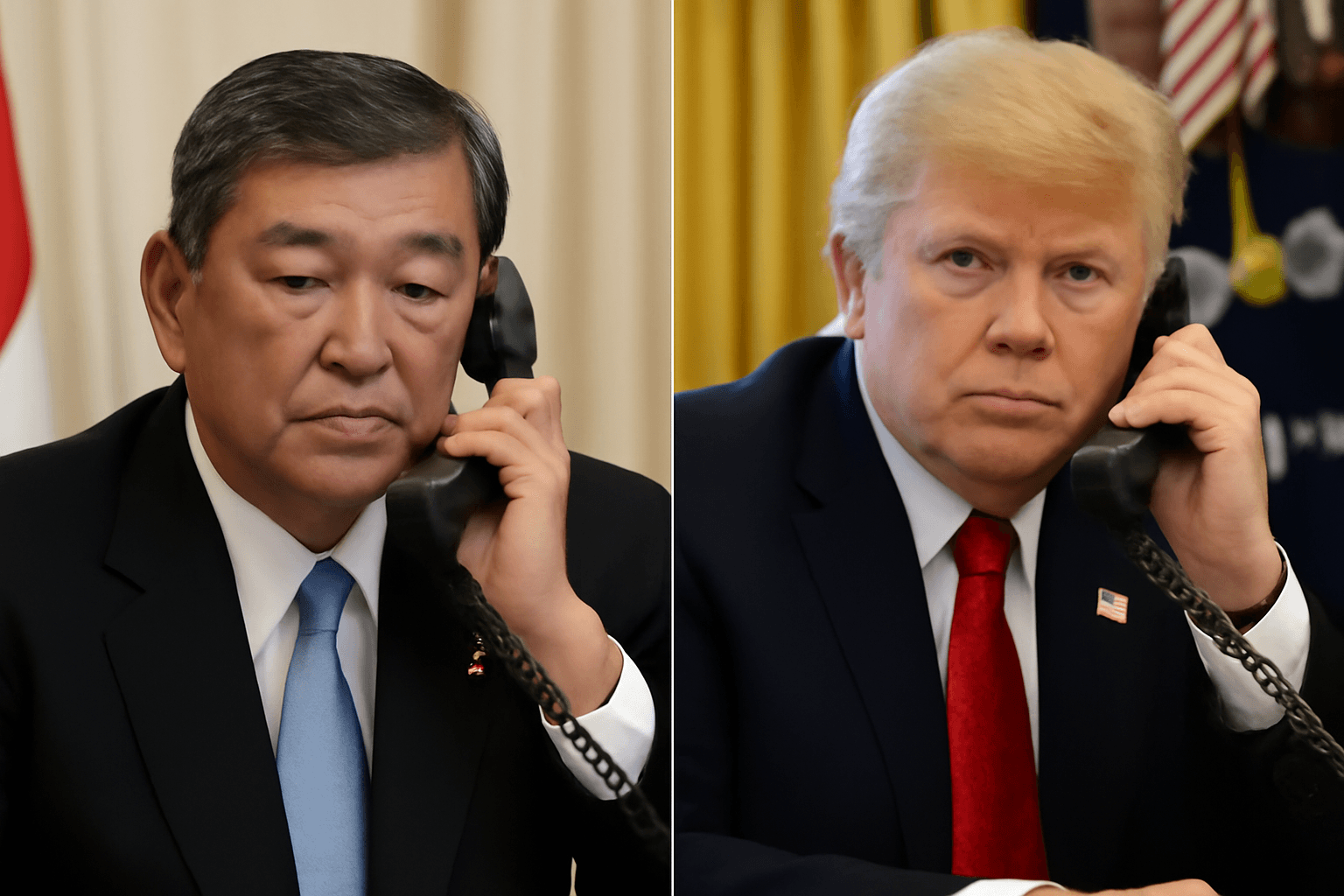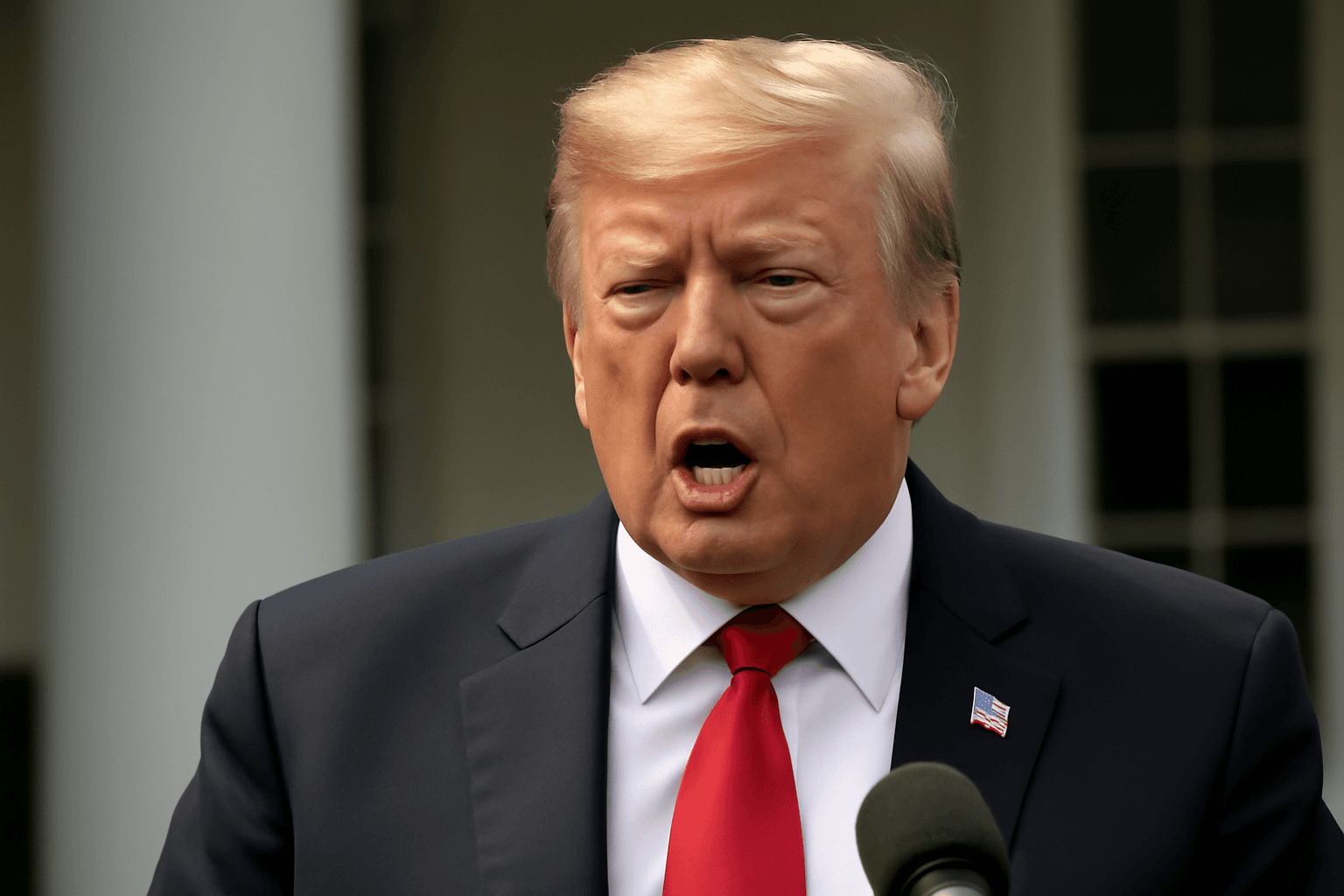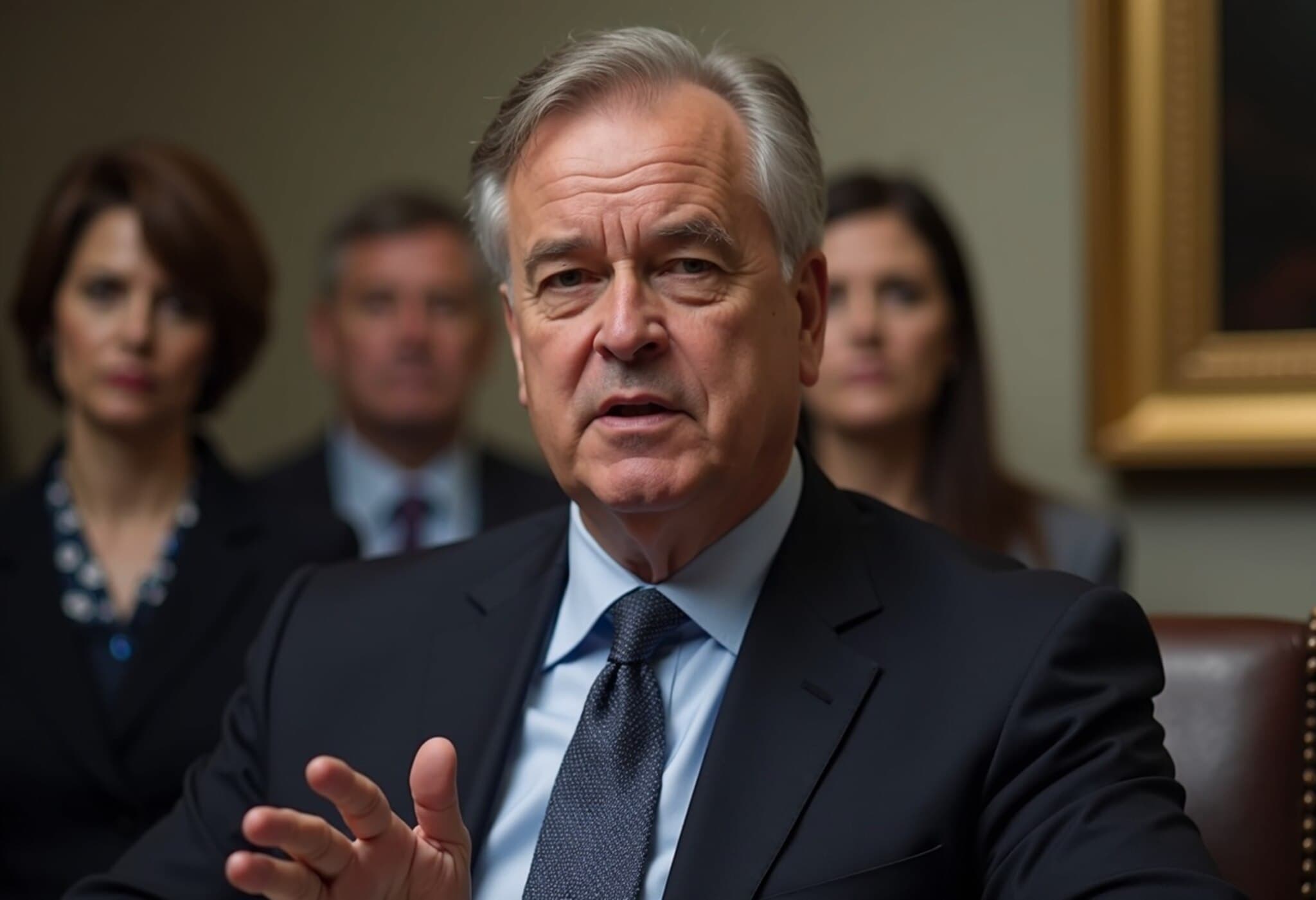U.S. Announces Significant Tariffs on Canadian Goods
In a striking escalation of trade tensions between the United States and Canada, President Donald Trump announced on July 10, 2025, that a 35% tariff on Canadian imports will take effect starting August 1. The announcement comes amid ongoing disputes over retaliatory tariffs that Canada imposed on U.S. goods earlier this year. This latest move marks a notable tightening in bilateral trade relations, reverberating across North American markets and raising concerns among industry leaders.
Details of the Tariff Declaration
President Trump addressed the announcement directly in a letter to Canadian Prime Minister Mark Carney, describing Canada’s prior imposition of tariffs as a retaliatory act, stating: “Instead of working with the United States, Canada retaliated with its own tariffs.” Highlighting national security concerns, Trump linked the tariffs partially to the issue of fentanyl trafficking, which the U.S. blames on cross-border flows.
He added a conditional note, suggesting the possibility of tariff adjustments if Canada collaborates on efforts to stem fentanyl shipments: “If Canada works with me to stop the flow of fentanyl, we will, perhaps, consider an adjustment to this letter.”
Scope and Future Risks
The imposed 35% tariffs are in addition to existing sector-specific duties on various goods. Trump warned that if Canada rises the stakes by increasing retaliatory tariffs against U.S. products, the American tariffs could be increased correspondingly. He emphasized: “If for any reason you decide to raise your tariffs, then, whatever the number you choose to raise them by, will be added onto the 35% that we charge.”
Trade Tensions: A Deeper Context
This announcement comes at a time when trade relations among G7 allies are already fraught, with the United States increasingly using tariffs as leverage to renegotiate trade balances and policies. Canada, traditionally one of the United States’ closest trading partners, has viewed these measures as disruptive to centuries-old economic ties. The new tariffs threaten to hurt sectors such as automotive manufacturing, agriculture, and natural resources, which rely heavily on cross-border supply chains.
Experts warn that escalating tariffs could slow economic growth and disrupt multinational companies operating across North America. For American consumers, the additional costs may translate into higher prices on everyday goods. Meanwhile, Canadian exporters face an uphill battle demanding market access amid rising protectionism.
Legal and Economic Implications
- International Trade Law: The tariffs raise questions about compliance with World Trade Organization (WTO) rules and North American trade agreements. Canada is expected to challenge the decision through international dispute resolution mechanisms.
- Consumer Impact: Importers and retailers may pass increased costs to customers, impacting inflation and consumer purchasing power in both countries.
- Political Ramifications: The tariffs come ahead of critical midterm elections in the U.S., where trade and border security remain agenda priorities.
Underreported Angles and Critical Questions
While the official justification centers on illegal drug flows and retaliation, industry insiders suggest that tariff declarations may also serve as a bargaining tool in broader trade negotiations, including energy exports and intellectual property disputes.
Questions arise about the humanitarian angle regarding fentanyl control—will tariffs effectively strengthen cross-border law enforcement cooperation, or simply strain diplomatic relations further? Moreover, how will this tariff cycle affect small businesses that form the backbone of cross-border trade?
Looking Ahead: A Call for Cooperative Solutions
In an increasingly interconnected economy, unilateral trade barriers risk sparking costly and protracted conflicts. Policymakers on both sides face mounting pressure to engage in constructive dialogue, balancing economic interests with security imperatives. It remains to be seen whether this confrontational approach will yield meaningful cooperation or set a precedent for tit-for-tat tariffs that disrupt the North American economic landscape.
Editor's Note
The imposition of a steep 35% tariff on Canadian imports is a sharp development, underlining the fragility of North American trade relations in 2025. Beyond the headline, this episode invites us to reflect on nuanced challenges—from combating illicit narcotics to preserving economic integration. Readers should keep an eye on emerging diplomatic responses, legal challenges at the WTO, and tangible impacts on industries and consumers on both sides of the border.



















